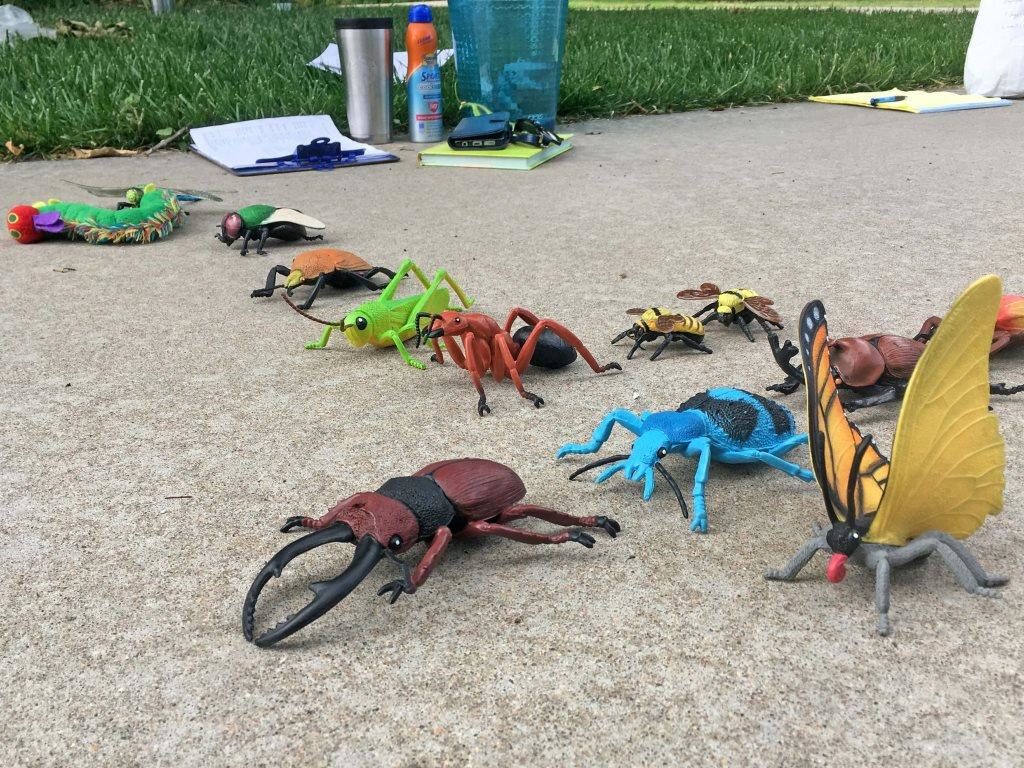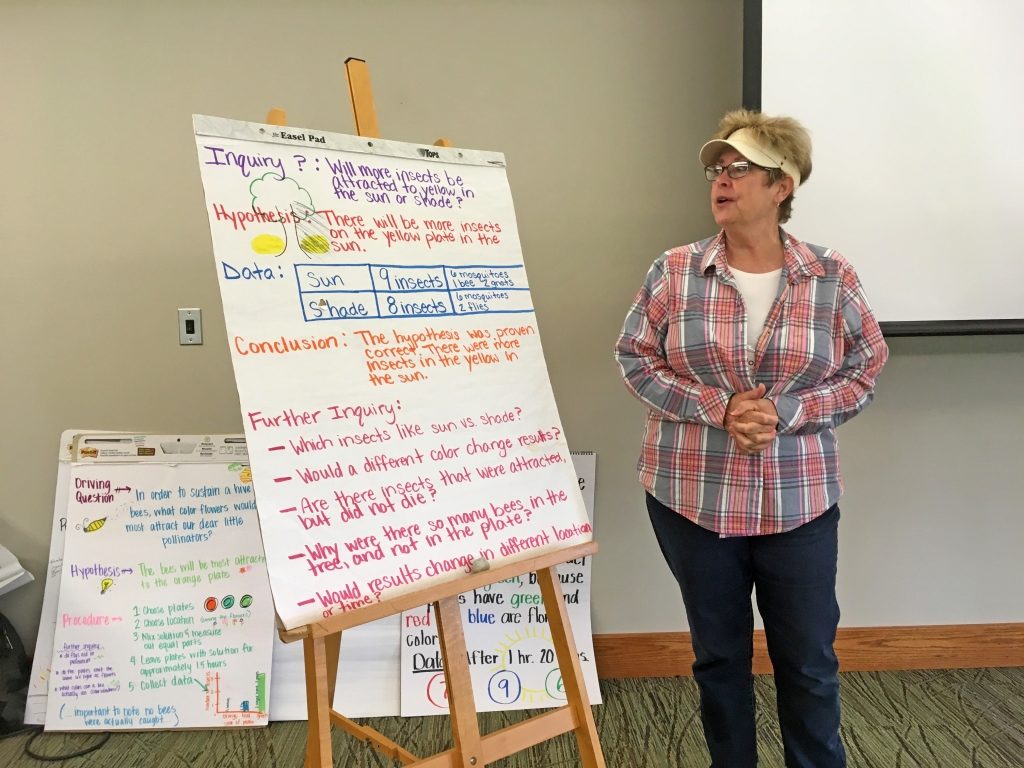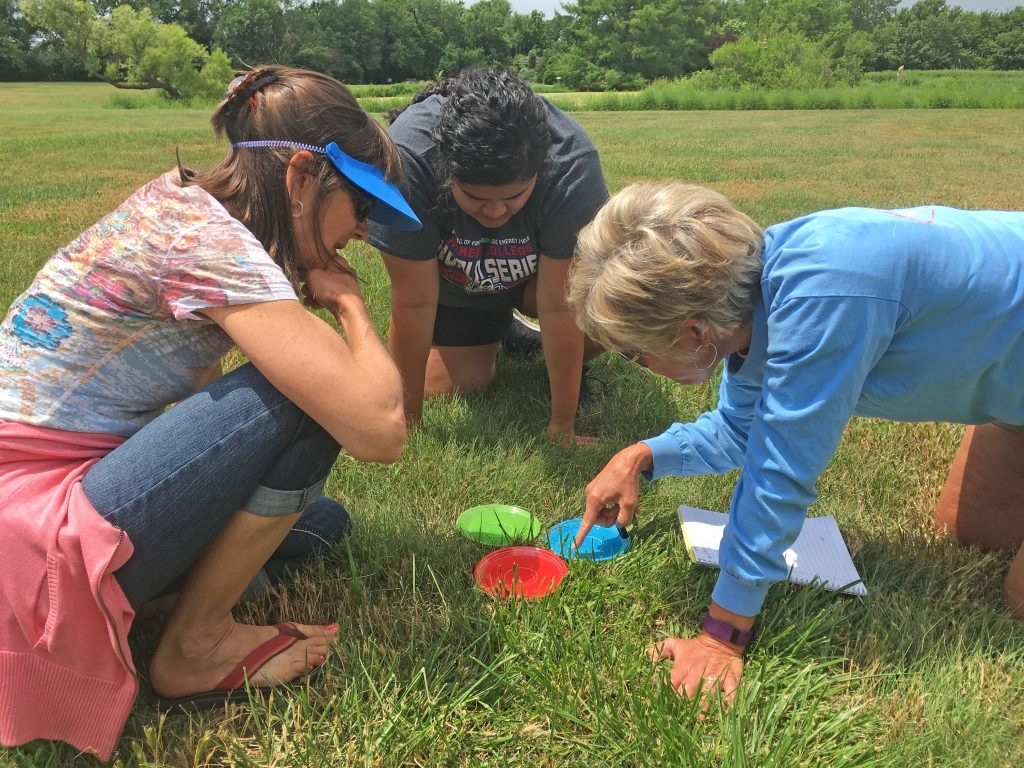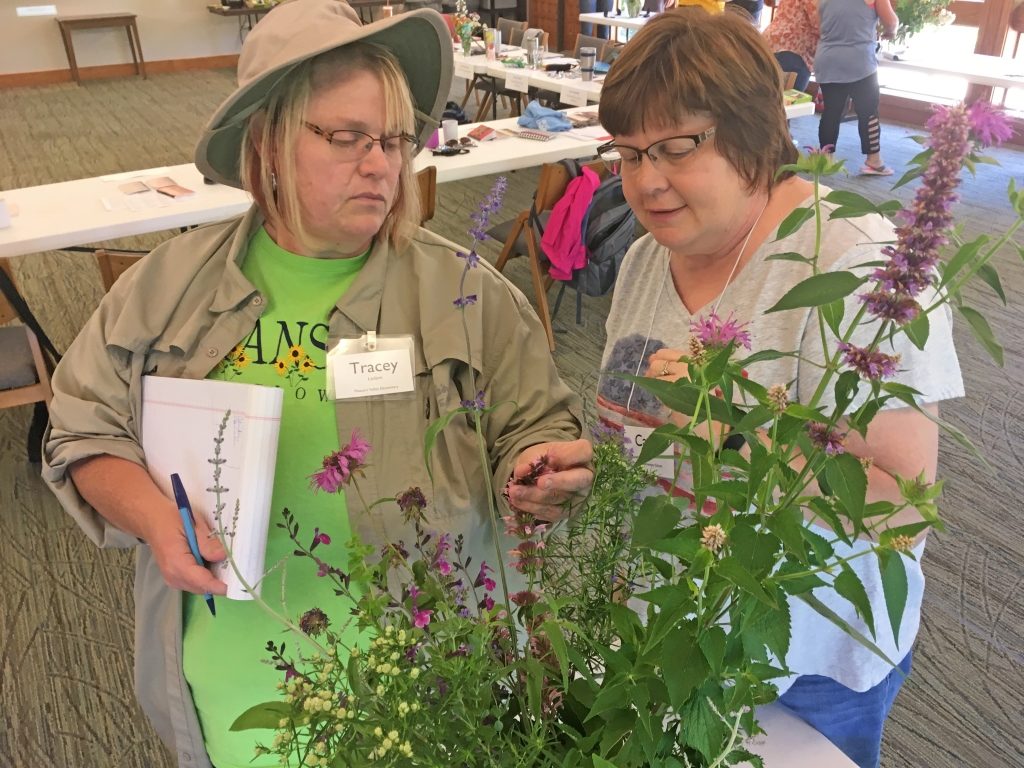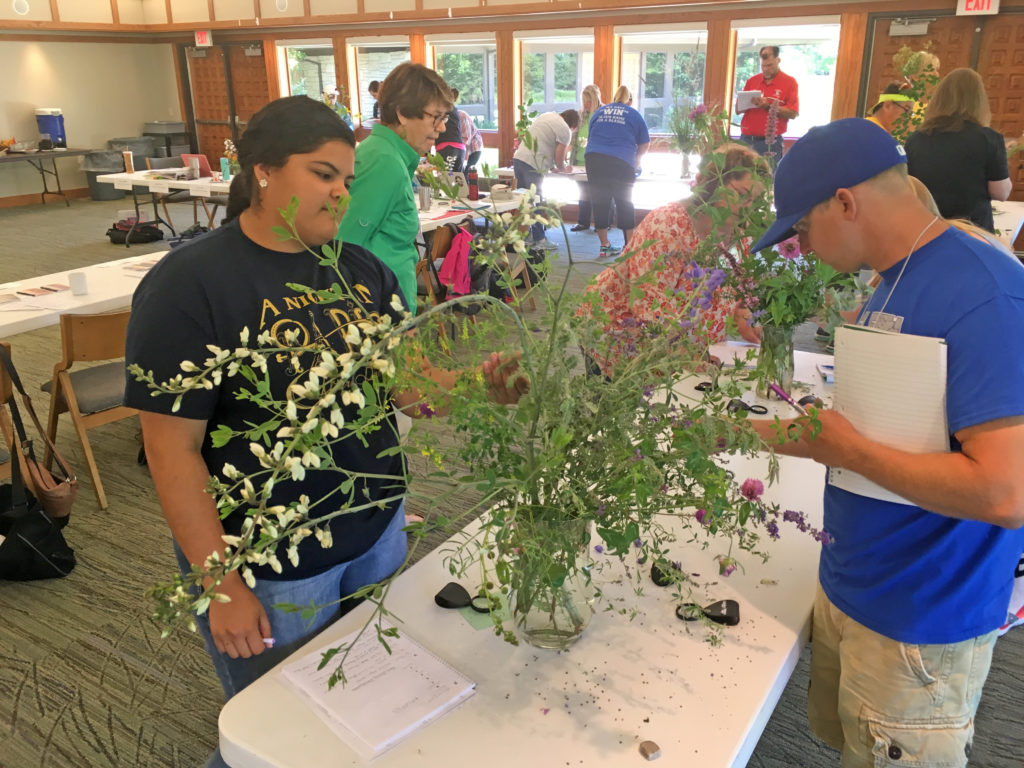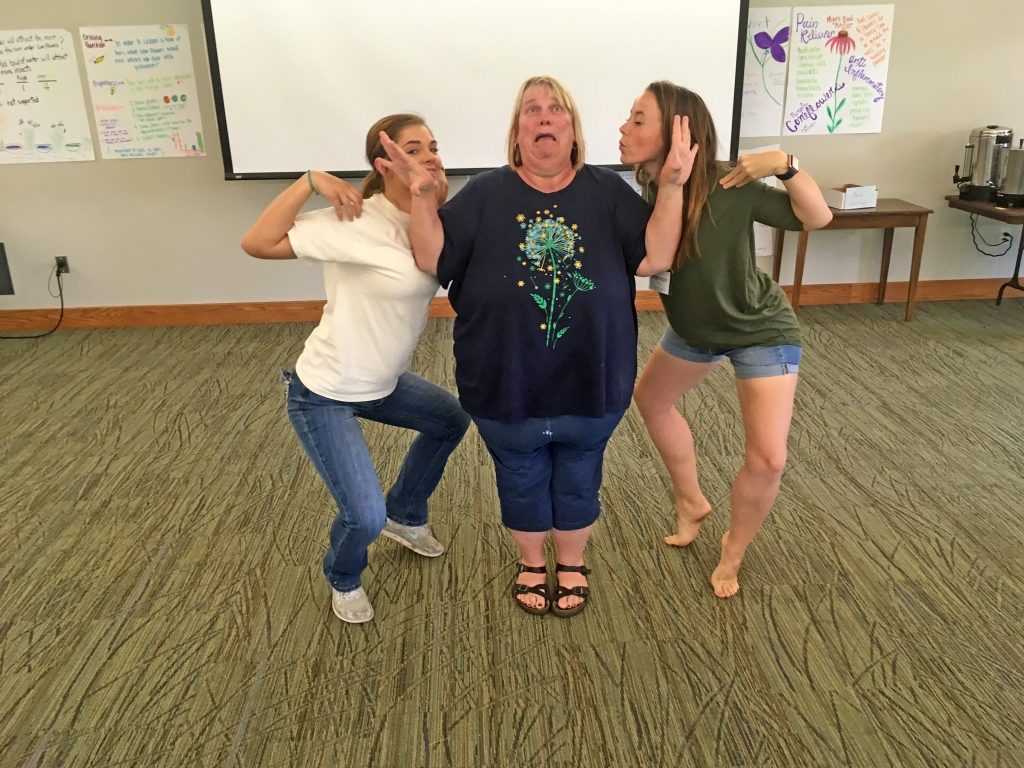We had a great time with our 11th annual Earth Partnership for Schools Summer Institute last week. K-12 teachers brought their enthusiasm for learning and a willingness to put themselves in the shoes of their students. For five days, they practiced hands-on curriculum activities and developed action plans to plant native prairie school gardens in the coming years with their students.
A big focus of the week is the study of insects. We learn about their diversity, preferences for different habitats, and importance in pollination. We make observations, conduct studies, think about how certain plant shapes and colors attract certain insect groups, and even play insect charades.
Insects are critical components in the function of nutrient cycling, natural areas, food systems, and general human existence. We hope that teachers will embrace the importance of these critters and inspire the next generation with the fascinating world of insects.

Flower-pollinator observations at Maxwell Wildlife Refuge with butterfly milkweed in the foreground.
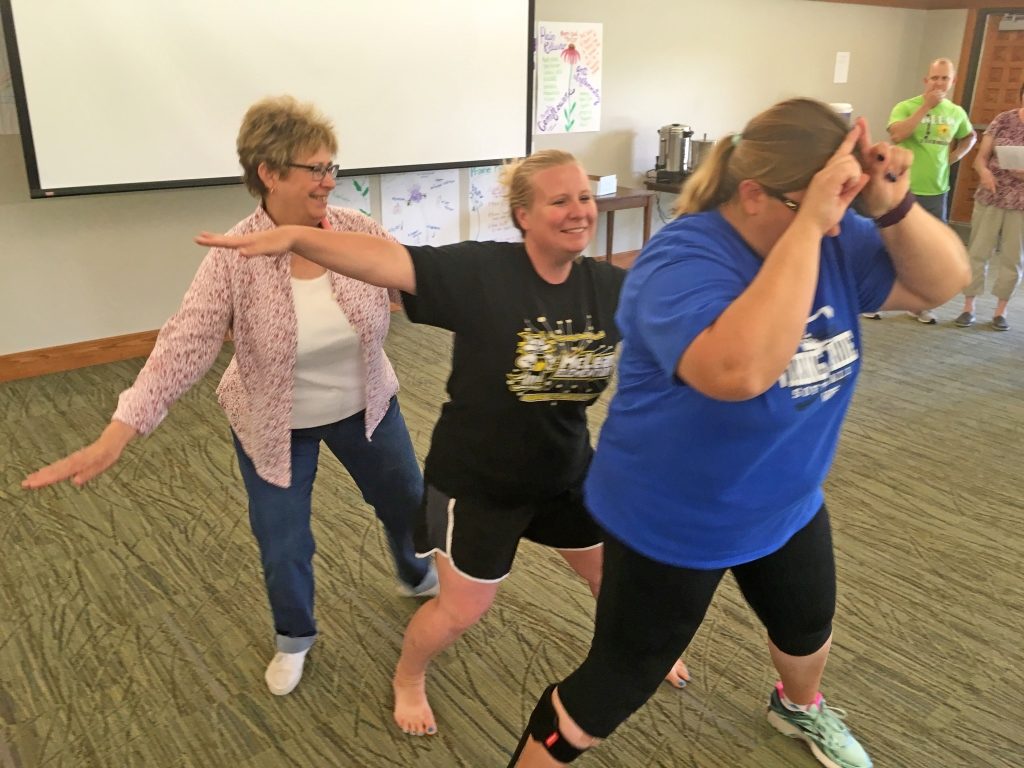
After seeing the two sets of wings, efficient lateral movement, compound eyes, and short antennae, it becomes obvious that this is a dragonfly.


